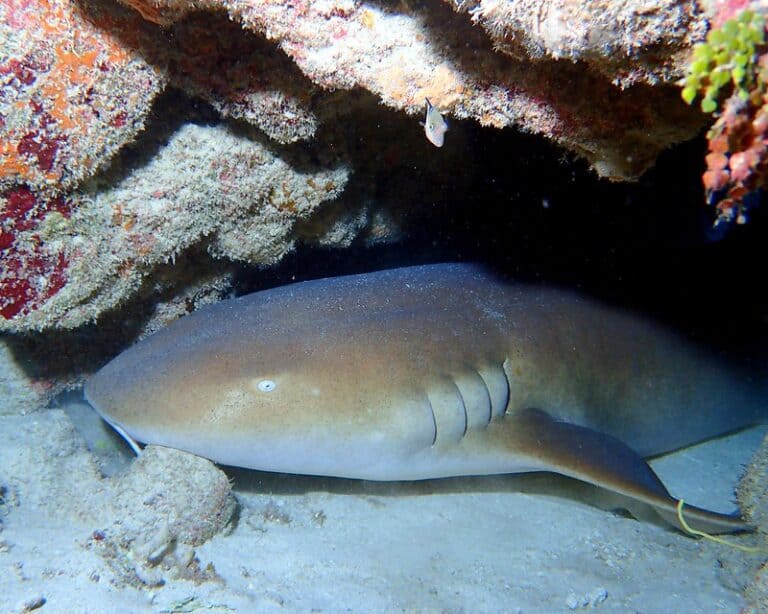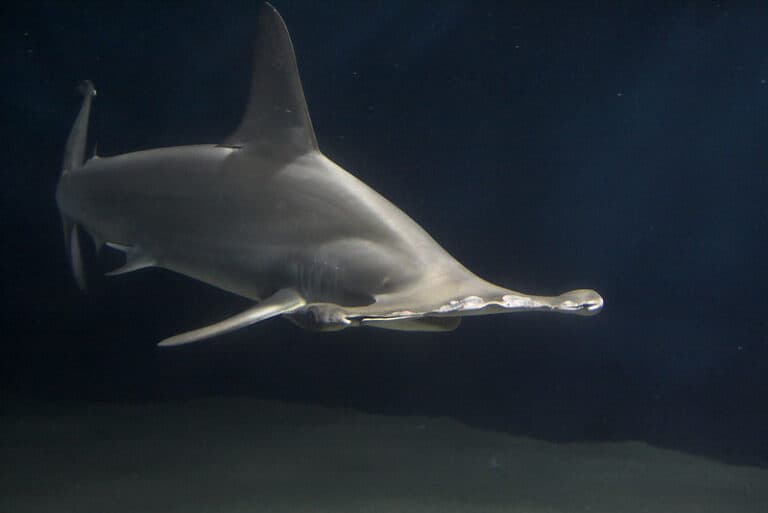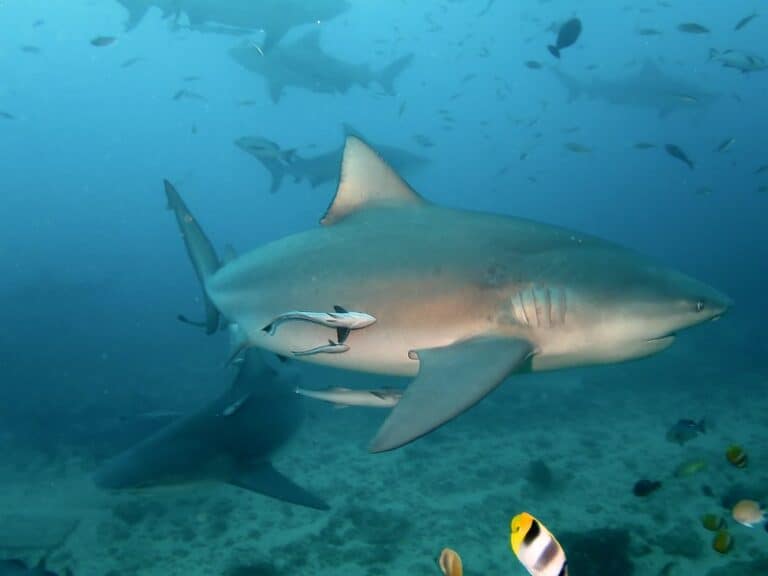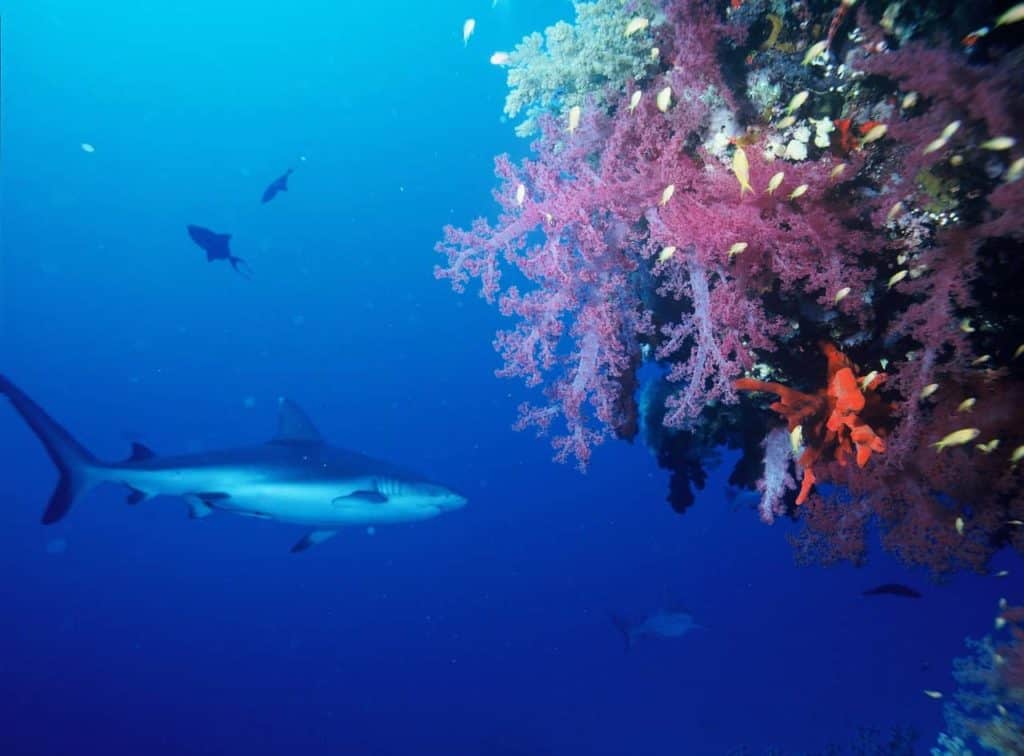Dive into Adventure: Exploring Cozumel’s Shark Encounters
Fulfill your dream and encounter sharks in Cozumel. Cozumel’s clear, warm waters make it a popular destination for divers worldwide. Cozumel is a diving utopia, within the Mesoamerican Barrier Reef. It is home to a variety of corals, fish, and invertebrates, including sharks. Join us as we delve into the common varieties of sharks you may encounter during your scuba diving adventures or while staying at Stingray Villa.

Nurse sharks:

Caribbean Reef Sharks:

Hammerhead Sharks:
These sharks enjoy the tastes of various animals such as other sharks, squids, crabs, jacks, herrings, tarpon, sardines, boxfish, toadfish, sea catfish, groupers, and their absolute favorite dish, rays. These sharks hunt for their creature of choice twice a day around dawn and dusk. The most well-known factor about them would undoubtedly have to deal with their namesake. These sharks have flat, T-shaped heads that make them stand out from other sharks.

Bull Sharks:
These sharks are magnificent creatures. They can grow to be bigger than any scuba diver, and they are graceful and powerful. Whenever you get to see them on the reef, other fish seem to be a little more careful. Divers have seen bull sharks on Playa del Carmen reefs for over 30 years. Los Arcos, one of the more popular deep dive sites north of Playa del Carmen, used to be known as Sharkies Place, named after the common shark sightings, rather than its deep swim-throughs. These sharks are even more elusive in Cozumel than the hammerhead.


